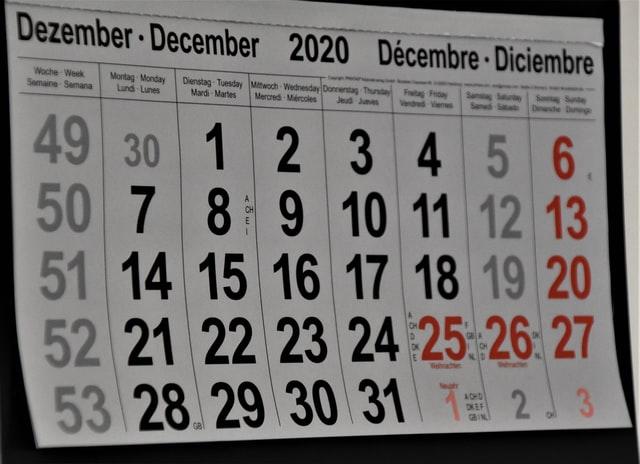Could Gifts of Stock Be Your Nonprofit’s Magic Genie?
 Does your nonprofit promote stock gifts? You should!
Does your nonprofit promote stock gifts? You should!
A groundbreaking study by Dr. Russell James J.D., Ph.D., CFP®, professor in the Department of Personal Financial Planning at Texas Tech University, found nonprofits that consistently received gifts of appreciated stocks grew their contributions six times faster than those receiving only cash.
This is HUGE.
If you learn to ask for gifts from appreciated assets you’ll get more generous gifts. The study shows:
- Received only cash gifts = 11% growth.
- Received any kind of non-cash gift = 50% growth. Included gifts of personal and real property and deferred gifts.
- Received securities non-cash gifts = 66% growth. Massive difference from just this one strategy!
You Don’t Have to Get Fancy
The most productive strategy is simply to accept gifts of stock.
But it’s up to you to offer up this giving framework to your supporters. Otherwise, they’re apt not to see this as an opportunity.
And speaking of ‘framing,’ this can establish a persuasive reference point for would-be donors. Researchers have found people don’t treat all their money as if they have one big pool of it.
Details

 You are a
You are a 
 Has this really been going on this long?
Has this really been going on this long?


 I’ve written in the past about why
I’ve written in the past about why 
 This Thursday folks in the United States will celebrate what I consider to be the social benefit sector holiday of the year:
This Thursday folks in the United States will celebrate what I consider to be the social benefit sector holiday of the year:
 I’m a fan of suggested ask amounts.
I’m a fan of suggested ask amounts. 


